Table of Contents
Introduction to Indian Spices
Indian spices are the foundation of authentic Indian cuisine, offering rich flavors and scientifically validated health benefits. From reducing inflammation to supporting digestion, these spices transform everyday cooking into a nourishing experience. Whether you're a beginner or experienced cook, this guide covers the top 10 Indian spices with evidence-based details on uses, storage, and health impacts.
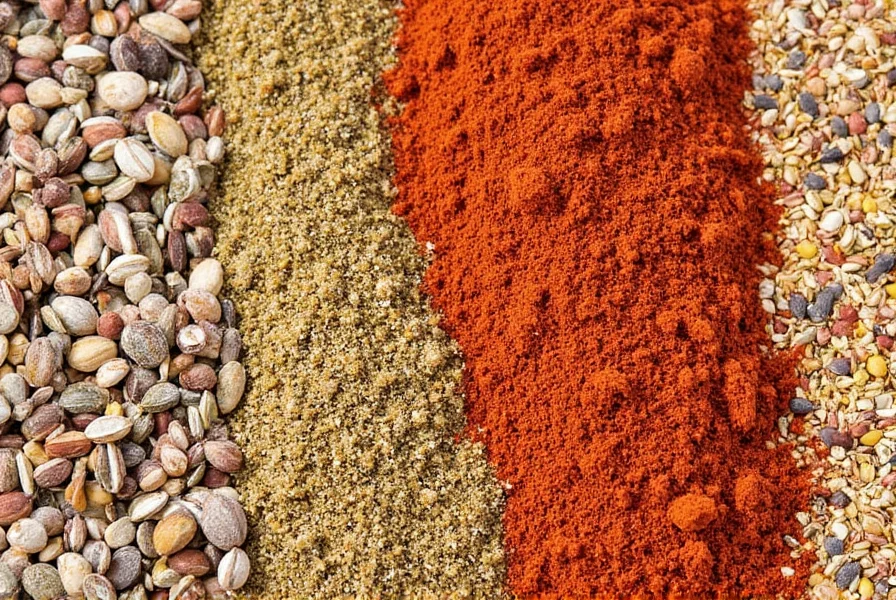
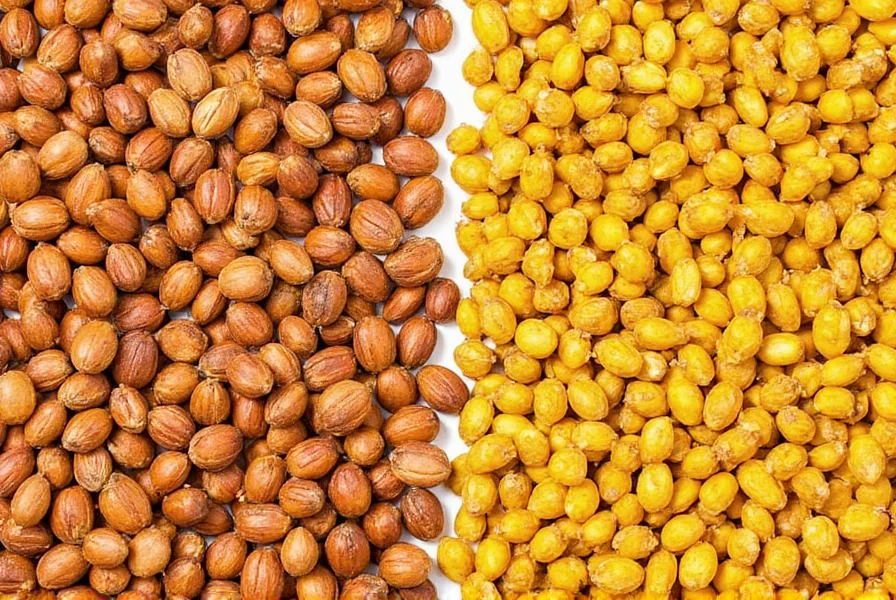
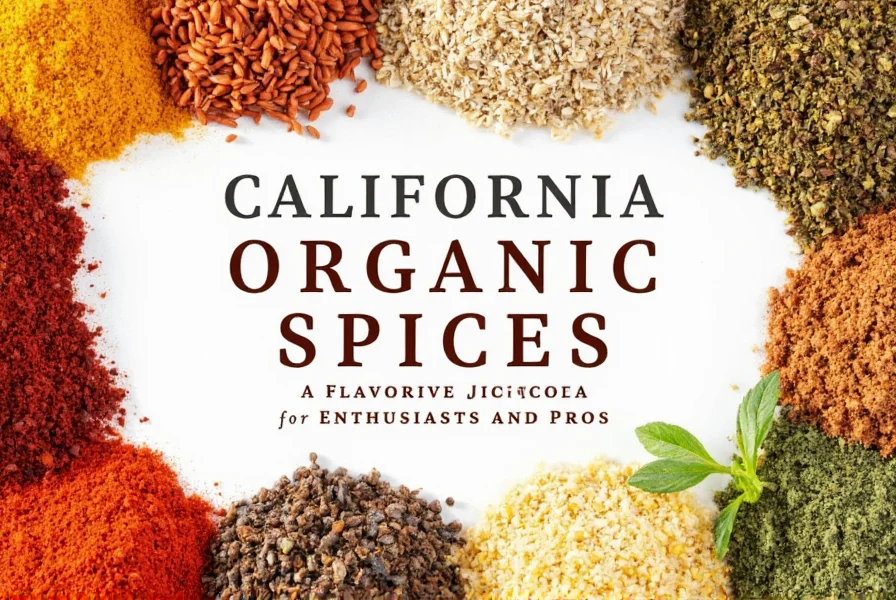
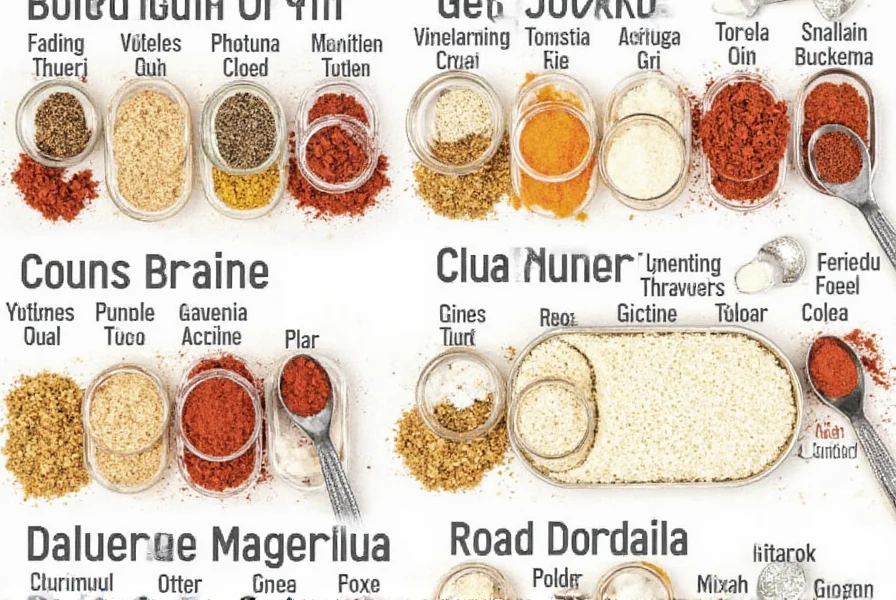
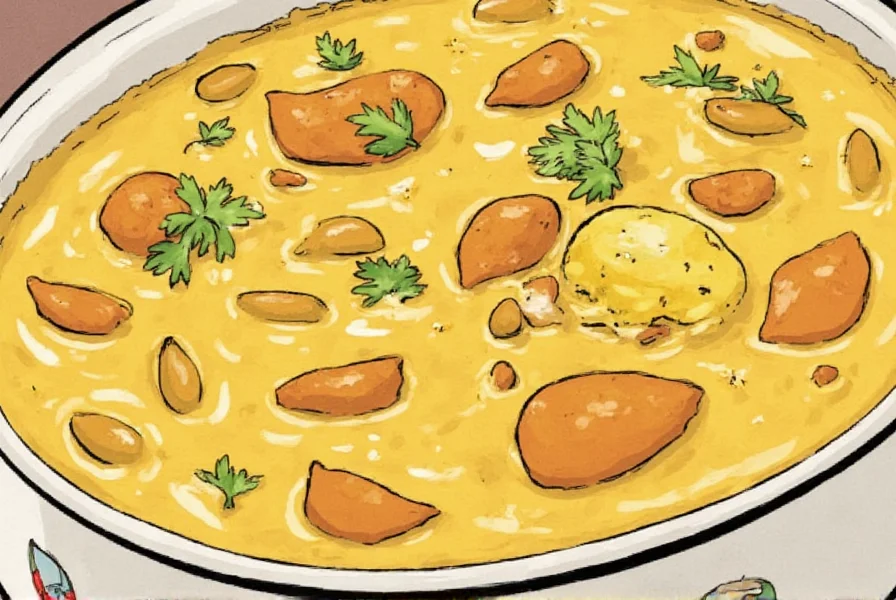
The Ultimate List of Indian Spices
Here's a detailed list of the top 10 Indian spices, including science-backed health benefits, culinary uses, and expert insights:
- Cumin (Jeera): Contains compounds that aid digestion and reduce bloating. Studies show it may lower blood sugar levels. Use in curries, rice dishes, and roasted vegetables for a warm, nutty flavor.
- Turmeric (Haldi): Active compound curcumin has strong anti-inflammatory and antioxidant properties, supported by clinical research for joint health and brain function. Essential for curries, soups, and golden milk.
- Coriander (Dhania): Seeds and leaves are rich in antioxidants that support heart health. Citrusy flavor balances spicy dishes; ideal for chutneys, curries, and garnishing.
- Garam Masala: A blend of cardamom, cloves, and cinnamon that boosts metabolism. Typically added at the end of cooking to preserve aroma; perfect for meat dishes and biryanis.
- Cardamom (Elaichi): Known for digestive benefits and breath-freshening properties. Used in desserts, chai tea, and savory meat dishes for sweet, floral notes.
- Cloves (Laung): High in eugenol, which fights oral bacteria and reduces pain. Adds intense warmth to meat curries, rice pilafs, and spice blends.
- Cinnamon (Dalchini): Regulates blood sugar and has antimicrobial effects. Common in desserts, chai, and oatmeal for sweet, woody flavor.
- Mustard Seeds (Rai): Rich in selenium and magnesium; improves circulation. Temper in oil for South Indian dishes like sambar and dals.
- Paprika (Lal Mirch): Contains vitamin A for eye health; mild heat adds color without spice. Use in stews, roasted veggies, and marinades.
- Chili Powder (Kashmiri Mirch): Provides vitamin C and capsaicin for metabolism boost. Delivers vibrant red color with moderate heat for curries and tandoori dishes.
Buying Guide for Indian Spices
Selecting fresh, high-quality spices ensures maximum flavor and health benefits. Store properly to maintain potency for months.
| Spice | Health Benefits | Best Uses | Storage Tips | Buying Tips |
|---|---|---|---|---|
| Cumin | Supports digestion, lowers blood sugar | Curries, rice, roasted vegetables | Airtight container; whole seeds last 2-4 years, ground 6-12 months | Look for uniform brown color; avoid stale or musty-smelling spices |
| Turmeric | Anti-inflammatory, antioxidant, brain health | Curries, soups, golden milk | Dark glass container; ground lasts 6-12 months | Choose bright yellow powder; high curcumin content (5-10%) |
| Coriander | Antioxidant, heart health | Chutneys, curries, garnishes | Seeds in airtight container; lasts 2-4 years | Whole seeds should be fragrant; avoid dull or discolored |
| Garam Masala | Boosts metabolism, aids digestion | Meat dishes, biryanis, finishing spice | Store away from light; lasts 6-12 months | Check for aromatic blend; avoid pre-mixed with fillers |
| Cardamom | Digestive aid, breath freshener | Desserts, chai, meat dishes | Whole pods in sealed container; lasts 2-4 years | Green pods with intact husks; avoid cracked or moldy |
Pro Tips for Using Indian Spices
Maximize flavor and health benefits with these expert techniques:
- Toast whole spices: Heat cumin or mustard seeds in dry pan for 30-60 seconds to release oils and intensify flavor—never burn them.
- Grind fresh: Use a spice grinder for turmeric or coriander seeds; pre-ground loses potency quickly.
- Balance flavors: Combine sweet (cinnamon), spicy (chili), and sour (tamarind) elements for authentic taste profiles.
- Pair with healthy fats: Cook spices in ghee or coconut oil to boost absorption of fat-soluble compounds like curcumin.
- Store correctly: Keep in dark glass jars away from heat and light; never refrigerate spices.
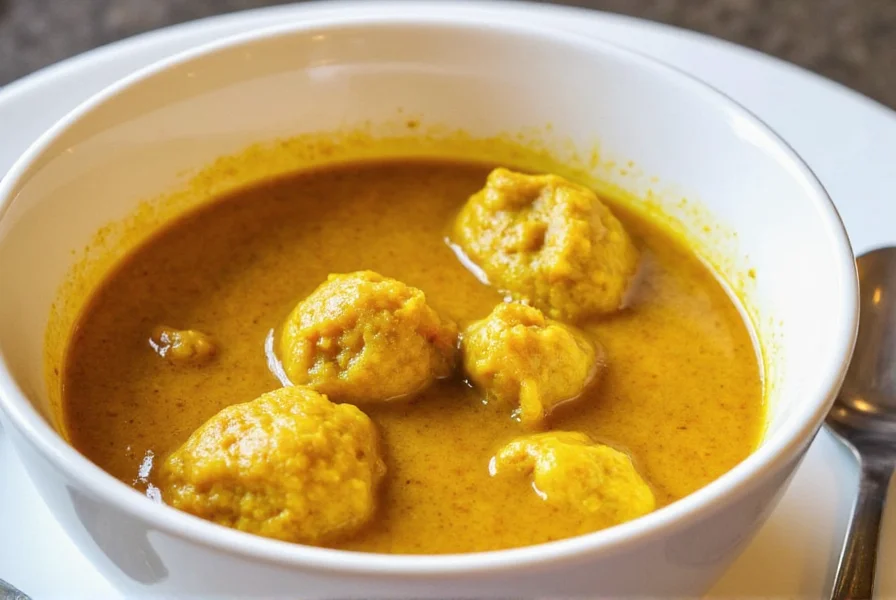
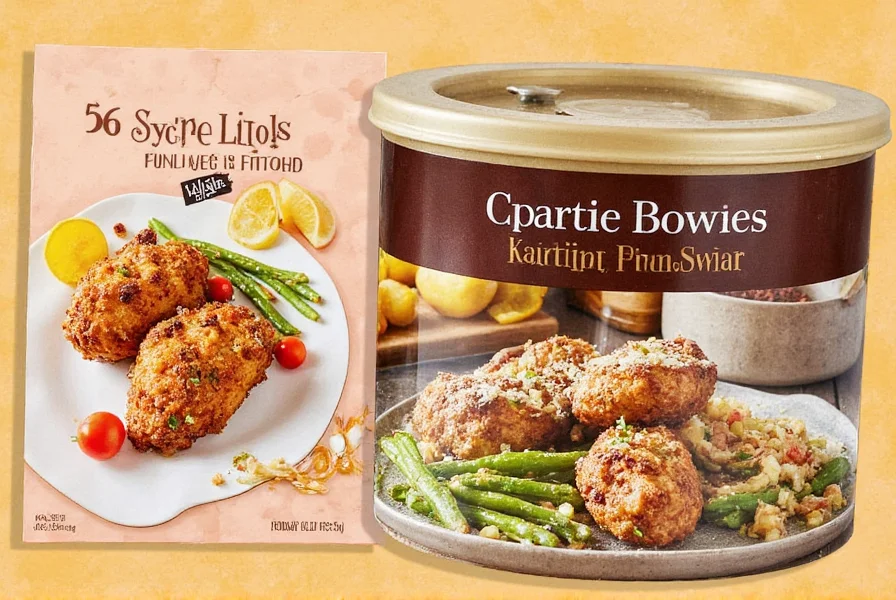
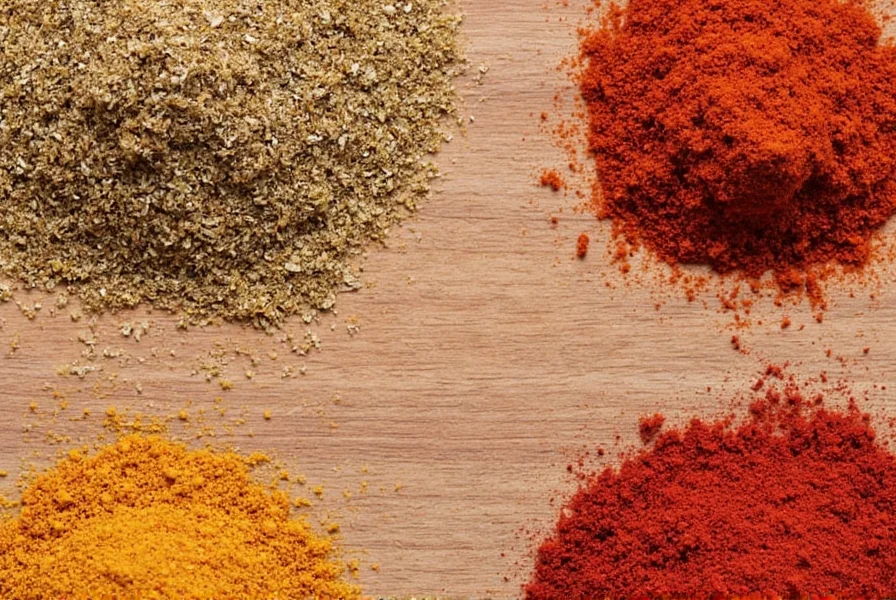

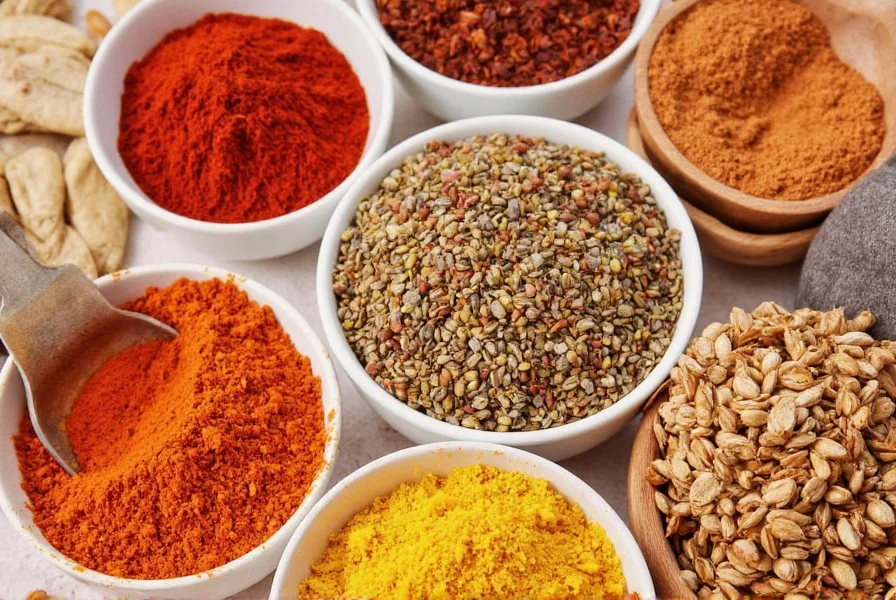
Frequently Asked Questions
What are the top 5 Indian spices for beginners?
Start with turmeric (for anti-inflammatory benefits), cumin (digestive aid), coriander (versatile flavor), cardamom (sweet aroma), and chili powder (moderate heat). These five cover most recipes and health needs while being easy to find.
How do I know if my Indian spices are fresh?
Fresh spices should have a strong, pleasant aroma when crushed. Rub a small amount between fingers—if the scent is weak or musty, replace them. Whole spices last 2-4 years; ground spices last 6-12 months. Always store in airtight containers away from light.
Can Indian spices replace medicine for health issues?
No. While spices like turmeric and cinnamon have documented health benefits, they are not medical treatments. Consult a doctor for health conditions. Spices should complement a balanced diet, not replace professional care.
What's the difference between Kashmiri chili powder and regular chili powder?
Kashmiri chili powder provides vibrant red color with mild heat (1,000-2,000 SHU), while regular chili powder is hotter (5,000+ SHU) and less colorful. Substitute with 1 part paprika + 1 part mild chili powder for similar color and heat.
How should I store Indian spices for maximum shelf life?
Use dark glass or metal containers, not plastic. Keep in a cool, dark cupboard away from stoves or windows. Whole spices last longer than ground—up to 4 years for seeds versus 6-12 months for powders. Never store above the stove.
Why do Indian recipes call for tempering spices in oil?
Tempering (tadka) unlocks essential oils and enhances flavor absorption. Heat oil until shimmering, add whole spices, and cook 30-60 seconds until fragrant. This step is crucial for dishes like dals and curries to develop depth.
Conclusion
Indian spices are more than flavor enhancers—they're nature's medicine cabinet. From turmeric's anti-inflammatory power to cumin's digestive benefits, each spice brings science-backed value to your kitchen. By mastering these top 10 spices, you'll create authentic, healthy dishes that celebrate Indian culinary heritage. Start with simple recipes, experiment safely, and let these vibrant ingredients transform your cooking journey.

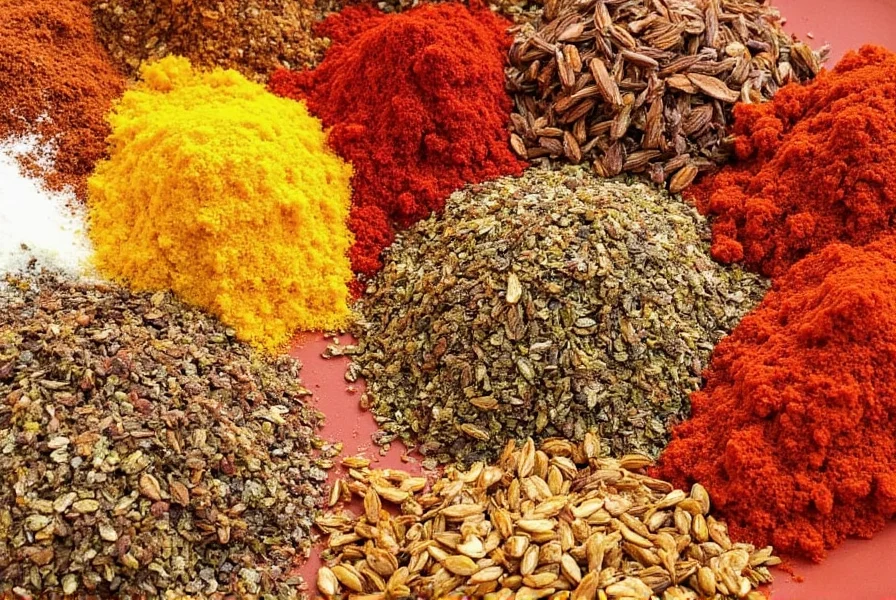









 浙公网安备
33010002000092号
浙公网安备
33010002000092号 浙B2-20120091-4
浙B2-20120091-4